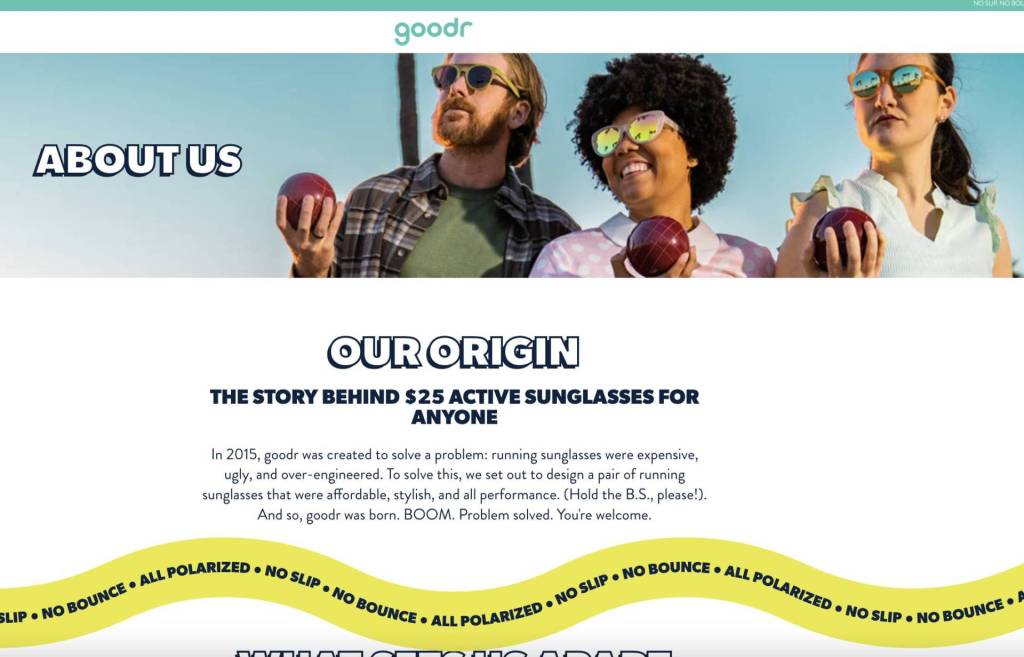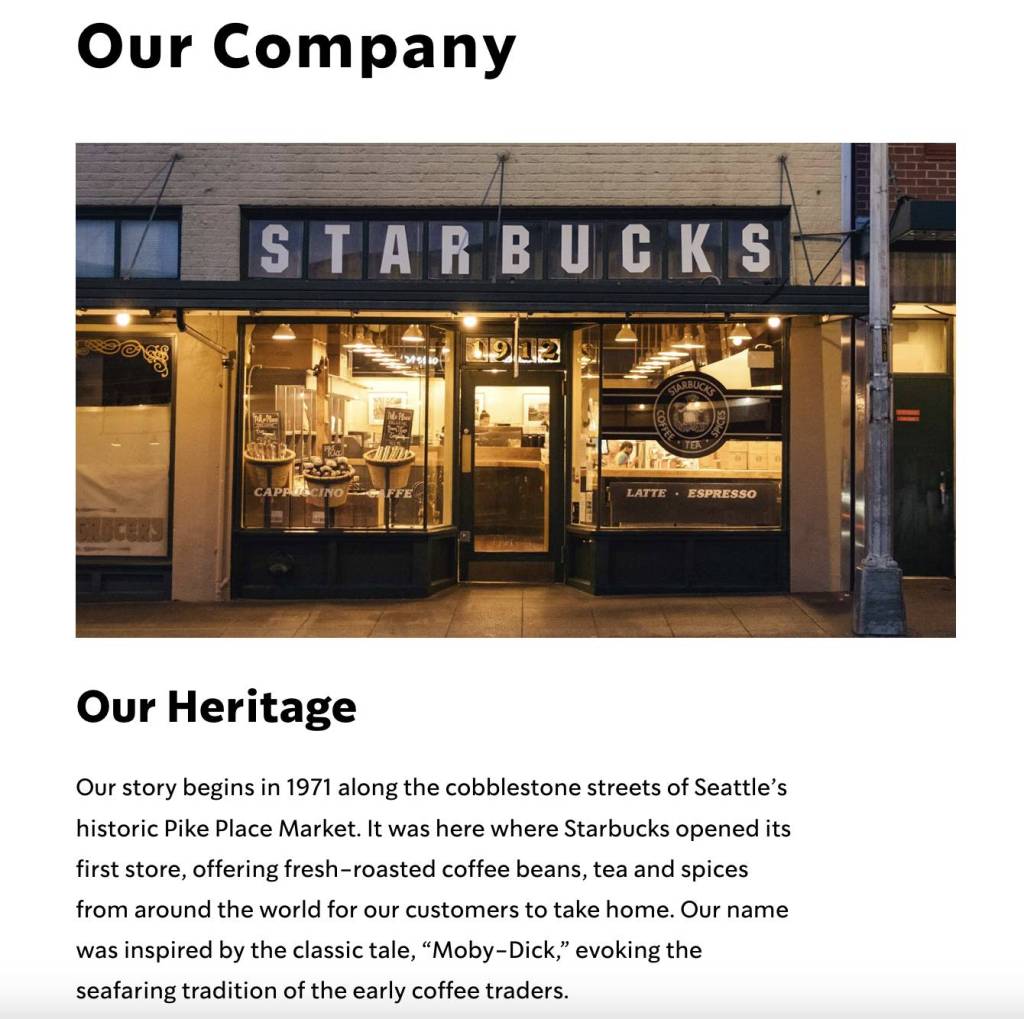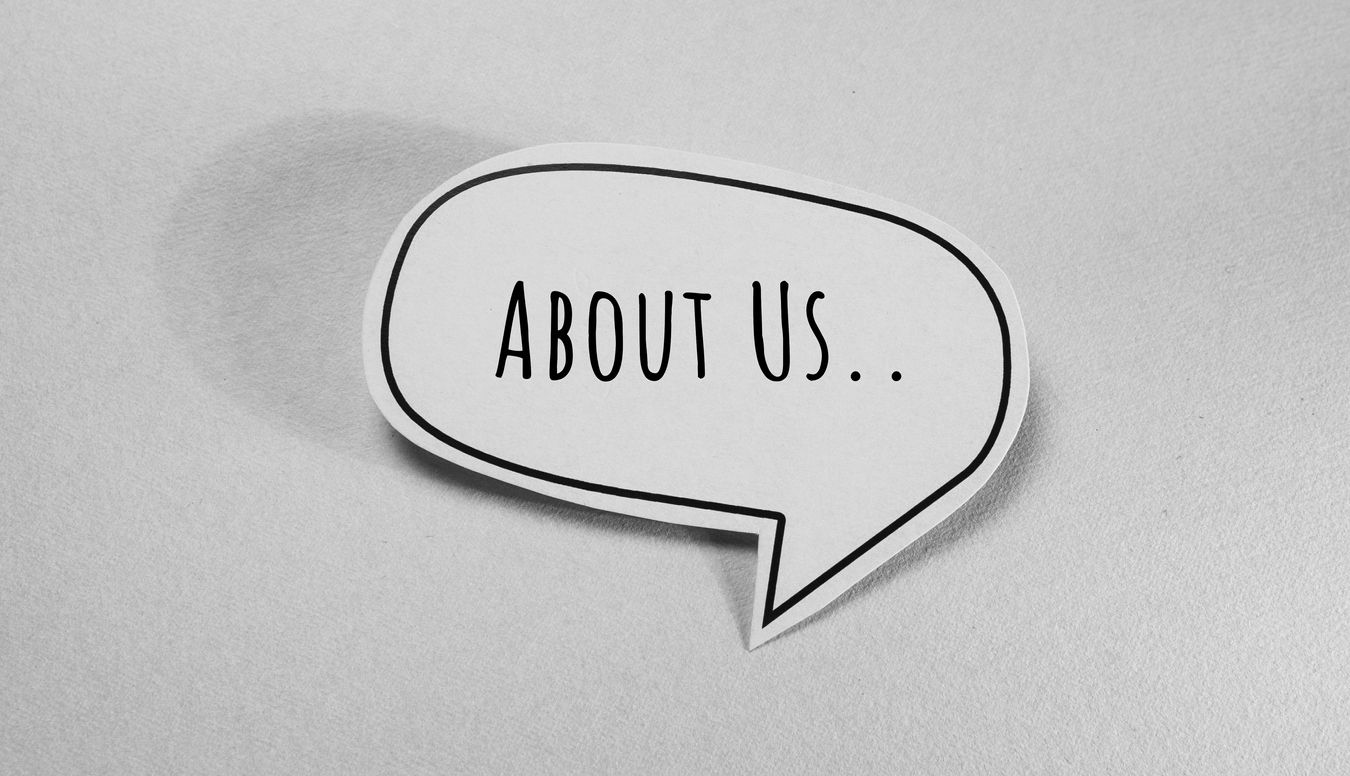How powerful is a well-told story, and why do you need one on your About Us page?
Netflix’s The Queen’s Gambit tells the story of a chess prodigy with many parts inspired by true events. It transformed chess from an ordinary game into an intriguing and engaging trend, with chess set sales increasing by 87% and chess book sales increasing by 603%.
Storytelling works just as well for business or personal branding, turning companies and professionals into stories others want to be part of. Best of all, you don’t need a top-rated TV show to tell your story. Your personal or professional website is enough, and your About Us page is the heart of your story.
Learn how to connect with your website visitors by writing an About Us page that tells a captivating story about your personal or business brand.
Key Takeaways:
- Storytelling humanizes a business so people feel more connected and loyal to a brand.
- Transform your About Us page into a personalized story with a beginning, middle, and end.
- Put people and individual experiences at the center of your brand story.
Why Brand Storytelling Is Crucial to an About Us Page
A brand story humanizes your brand so customers connect more deeply with who you are and what you offer. Even if you’re new to the job market with a personal brand website, you still want to tell a story about yourself rather than simply list your accomplishments.
Customers or networkers can connect with you through your About Us page and become part of your story. This leads to greater customer loyalty.
Brand storytelling works for personal brands, B2C companies, and B2B businesses. While personal and B2C stories usually have more emotional pull, B2B businesses can create just as powerful stories. Exigent’s B2B About Us page demonstrates how you can employ creativity and storytelling to maintain a professional tone with B2B buyers.
5 Tips for Creating an About Us Page that Tells a Story
Use these five tips to craft an About Us page for your business or personal brand that captures attention, grows your network, and boosts sales.
1. Tell Stories, Not Just Facts
Stories have three primary parts:
- Beginning: Introduces the characters and problem
- Middle: A possible solution or hero arrives
- End: The solution resolves the initial problem, and the characters look toward the future
How do you start transforming your story into those three parts?
Begin by defining the problem your brand solves. This could be a customer pain point, a personal cause, or a business cause your company supports.
Once you establish the crisis and introduce your company, you can build the action by showing how your brand evolved and solved the challenge.
The conclusion of your About page should wrap up the story with a happy ending, showing where you are now and where you’re headed.
Goodr does a fantastic job engaging the reader with an entertaining origin story that covers all three parts while only requiring one paragraph.


Image Source: Goodr
2. Highlight What Makes You Unique
A unique selling point differentiates your brand from others, so customers are more likely to choose you over your competition. It also helps you market to a niche audience and connect with specific employers.
Your unique selling point should direct how you write your About Us page and should be the central theme of your story’s resolution.
Hypersonix does well differentiating itself from the start. The first line of their About Us page reads, “Meet the team building the first AI system that drives profitable growth for Ecommerce.” Readers immediately understand what they do and how they differ from other ecommerce brands.
3. Talk to Your Audience
Who is reading your About Us page?
There’s a good possibility that your loyal customers aren’t the ones frequenting the page because they already know your brand and chose your products. Instead, most of your readers will be new potential customers who want to know who you are before committing to your products.
As you write your story, address these new customers and take a few extra moments to explain your brand. This is especially necessary if it’s a little more complex, like many tech brands.
Gaine’s About Us page begins with a simplified description of what the company does before diving into its brand story. This short blurb explains their complex data management system in terms anyone can understand, even those who haven’t visited any other page on the website yet.
4. Don’t Forget the People
There was a time personal branding and business branding were completely separate. Those lines have started to blur as customers want to know more about the people behind a business.
People connect with other people. That’s why companies tell customer stories or share pictures of happy employees instead of just their products.
People should also be the focus of your About Us page.
Some ways you can personalize your story include:
- Naming those involved like yourself, partners, employees, and mentors
- Providing specific, personal details
- Sharing stories of individuals impacted by the business or yourself
- Displaying images of people
- Featuring videos of someone telling the company’s story or your personal story
Starbucks’ About Us page reads like the start of a Hallmark channel film. The first line of their page states, “Our story begins in 1971 along the cobblestone streets of Seattle’s historic Pike Place Market.” After setting the scene, Starbucks introduced its main character, “Ten years later, a young New Yorker named Howard Schultz would walk through these doors and become captivated with Starbucks coffee from his first sip.”


Image Source: Starbucks
5. Give Visitors a Follow-Up Action
While an About Us page is a story, it’s also marketing copy. Visitors just finished reading an engaging tale of your beginnings and how you triumphed over a challenge in your industry and rose to the top.
You now want those readers to act while the emotions of your story still impact them.
End your story with follow-up action. Your call to action might direct visitors to a product page, offer a free demo, or present a subscribe button so you can capture the lead and nurture them through an email campaign. If the website is your personal portfolio for networking, you can end with a contact form for reaching you with job opportunities.
Penthera seamlessly integrated its call to action within its about copy. The first call to action appears near the top, with more information on their flagship product. Then, they end the page with a link to a contact form for anyone interested in more details.
Tell Your Brand’s Story
Brand storytelling is for everyone, from a fresh college grad building their personal brand to a well-established B2B enterprise. Everyone has a story to tell and an audience eager to hear it.
What is your personal brand story?
It’s time to share it with the world on your personal or business website’s About Us page.













